When you're strolling through a garden center in early spring, you'll likely be drawn to the vibrant spectacle of tulips. Their cheerful colors are a hallmark of the season. However, if you look closer, you'll notice that not all tulip flowers share the same shape. Some look like elegant, slender wine glasses, while others resemble open, welcoming bowls. Understanding the difference between cup-shaped and bowl-shaped tulips is more than just a botanical curiosity; it's the key to creating more dynamic and visually interesting garden designs.
So, how can you easily tell them apart? It primarily comes down to the form of the petals, especially when the flower is fully open.
Let's start with the classic cup-shaped tulips. Imagine a tall, elegant wine glass. This is the quintessential tulip shape that most people picture in their minds. The petals curve upwards from the base and inwards at the top, forming a deep, defined cup that often holds its shape quite firmly. Even on a sunny day, these tulips tend to remain more closed, preserving that graceful, upright silhouette. They stand like sentinels in the garden, offering a structured and formal appearance. Classic examples include the Darwin Hybrid tulips and many of the Triumph tulips. Their long, strong stems make them exceptional as cut flowers, as they maintain their stately posture in a vase for a long time.
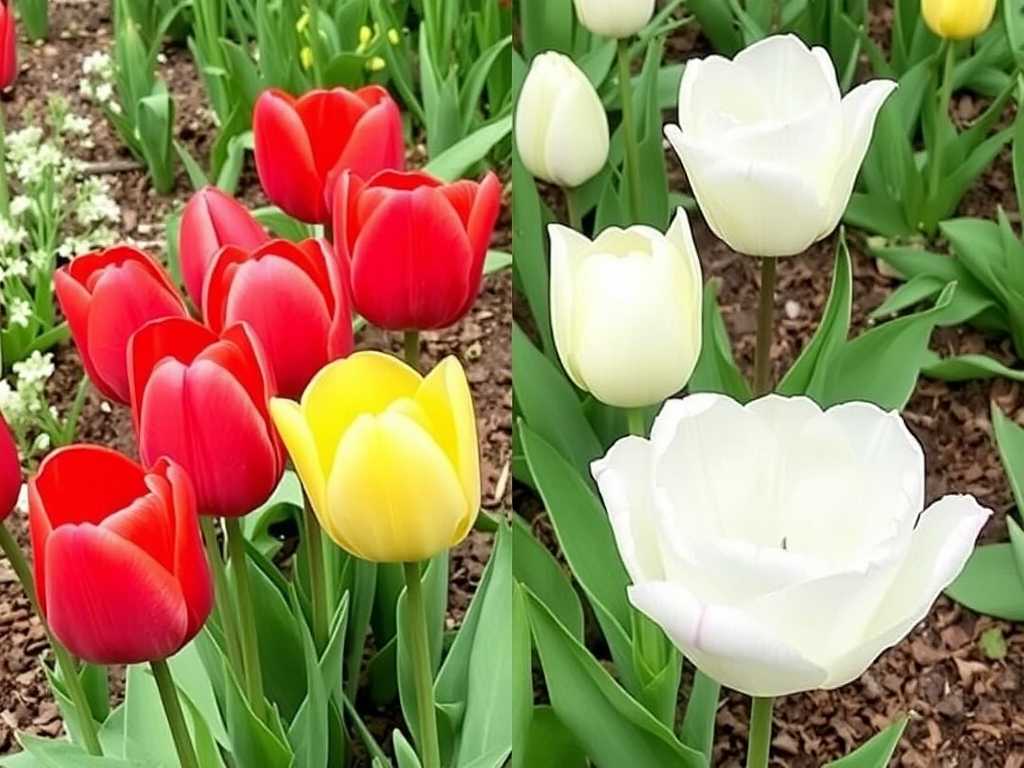
Now, let's turn our attention to the charming bowl-shaped tulips. As the name suggests, these tulips open wide in the sun, flattening out to form a shallow, saucer-like or bowl-like shape. On overcast days, they might start with a more closed form, but once the sun is out, they fully embrace the light, revealing their centers. This open habit gives them a friendly, relaxed, and almost peony-like appearance. They are less formal and more playful, creating a soft, lush effect in flower beds. If you're looking for varieties that will create a carpet of color, bowl-shaped types are fantastic. Excellent examples can be found among the Double Late tulips, also known as peony-flowered tulips, and many of the Greigii tulips. Their shorter, sturdier stems often make them more resilient to wind and rain.
Beyond just the visual appeal, the shape of the tulip is a practical consideration for your garden. Cup-shaped tulips, with their upright posture, are perfect for creating height and structure. You can plant them in formal rows or use them as a dramatic backdrop for shorter spring flowers. Because they hold their shape so well, they are the undisputed champions of the cut flower world.
Bowl-shaped tulips, on the other hand, are ideal for mass plantings, container gardens, and the front of borders. When they open wide, they create a stunning mosaic of color. They invite you to look closer, and their sprawling nature can help fill in spaces beautifully. They often have attractive foliage as well, with some Greigii varieties featuring lovely purple streaking or mottling on the leaves, adding interest even before the flowers bloom.
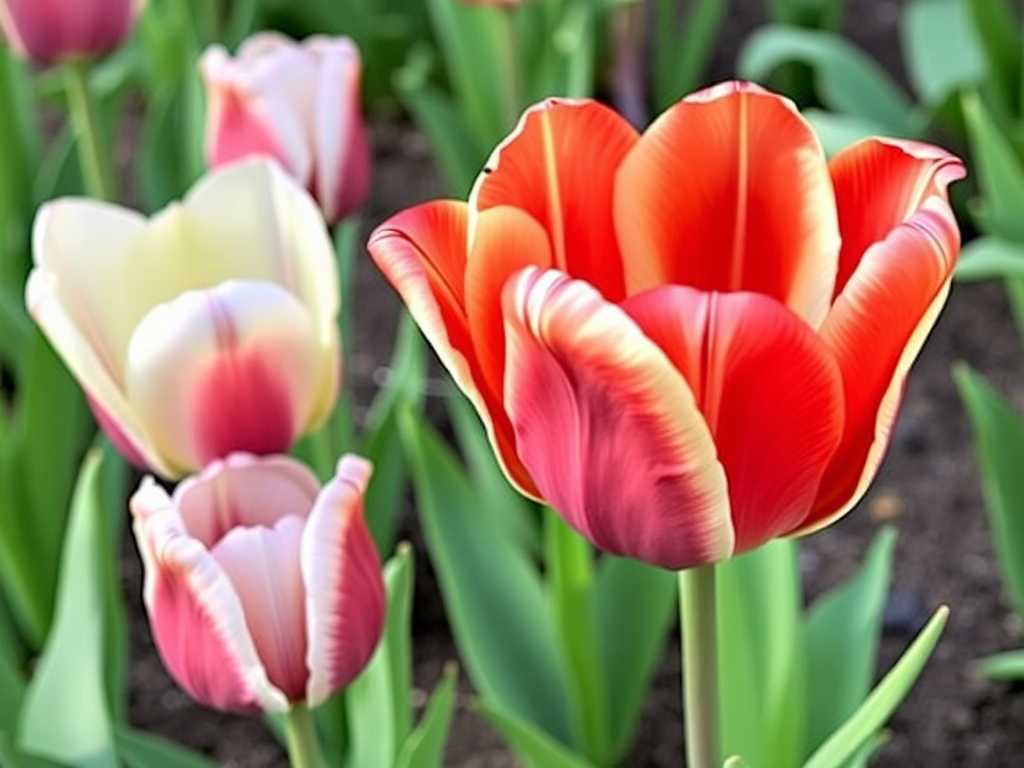
When you are planning your spring garden, think about the overall effect you want to achieve. Do you want tall, architectural elegance? Then cup-shaped tulips are your best bet. Are you dreaming of a casual, overflowing cottage garden look? Then the open, friendly faces of bowl-shaped tulips will be perfect. You can also create a stunning layered effect by planting cup-shaped tulips towards the back of a bed and bowl-shaped varieties at the front. This creates depth and ensures all the beautiful flowers are visible.
Another factor to consider is weather resistance. The more closed form of cup-shaped tulips can sometimes offer better protection for the flower's reproductive parts from heavy spring downpours. The open, bowl-shaped flowers are more exposed but often have sturdier stems that can handle a bit of rain without drooping.
Identifying them is a rewarding skill. Next time you're at the garden center, don't just look at the color on the tag. Take a moment to observe the physical flowers, if they are in bloom. If the flower is held tightly closed, pointing upwards, you're likely looking at a cup-shaped variety. If the flower is wide open, almost flat, with its center visible, you've found a bowl-shaped type. If the flowers aren't open, look at the plant's habit; cup-shaped varieties often have taller, more slender buds, while bowl-shaped ones might have stouter, rounder buds.
Ultimately, whether you choose the poised elegance of cup-shaped tulips or the cheerful exuberance of bowl-shaped ones, you are adding a piece of spring magic to your world. By understanding these subtle differences, you move from being just a gardener to a garden designer, orchestrating a beautiful and harmonious spring symphony. So, on your next visit to the nursery, you'll be equipped with the knowledge to pick the perfect tulips, not just for their color, but for their beautiful, distinctive forms.
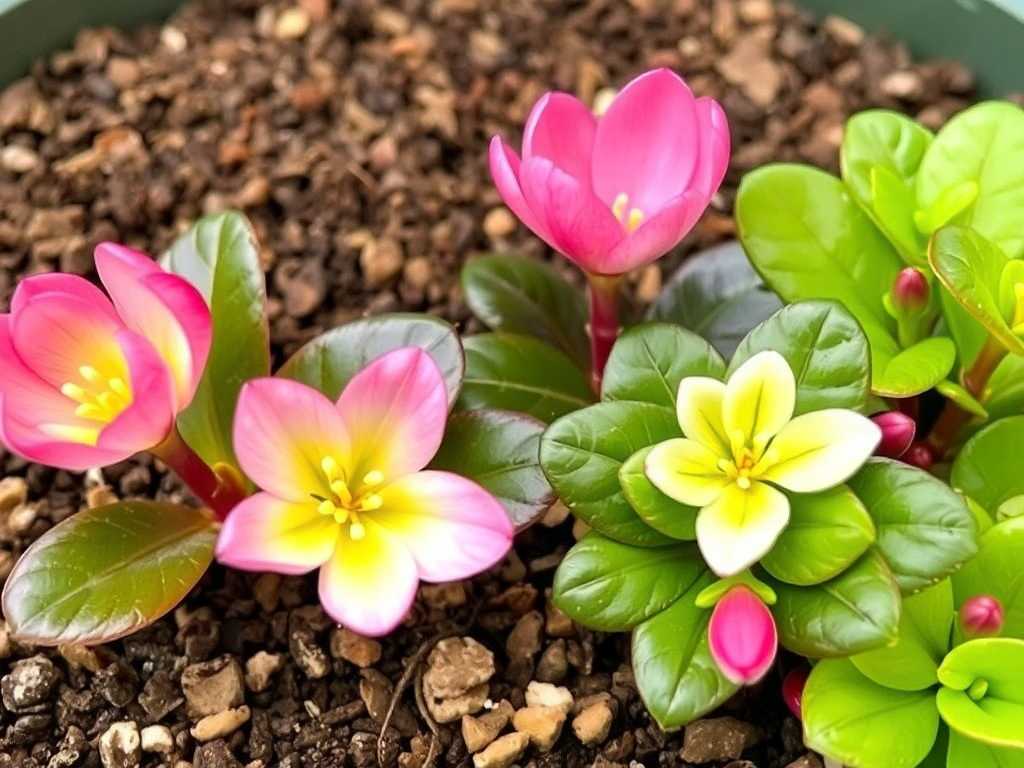
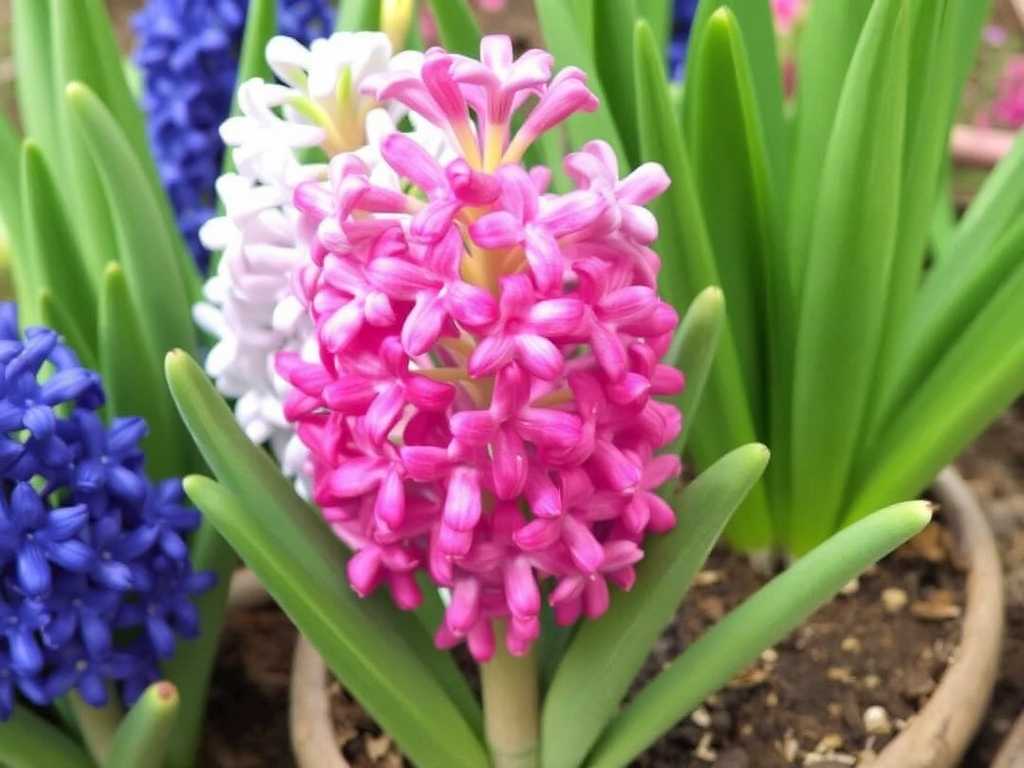
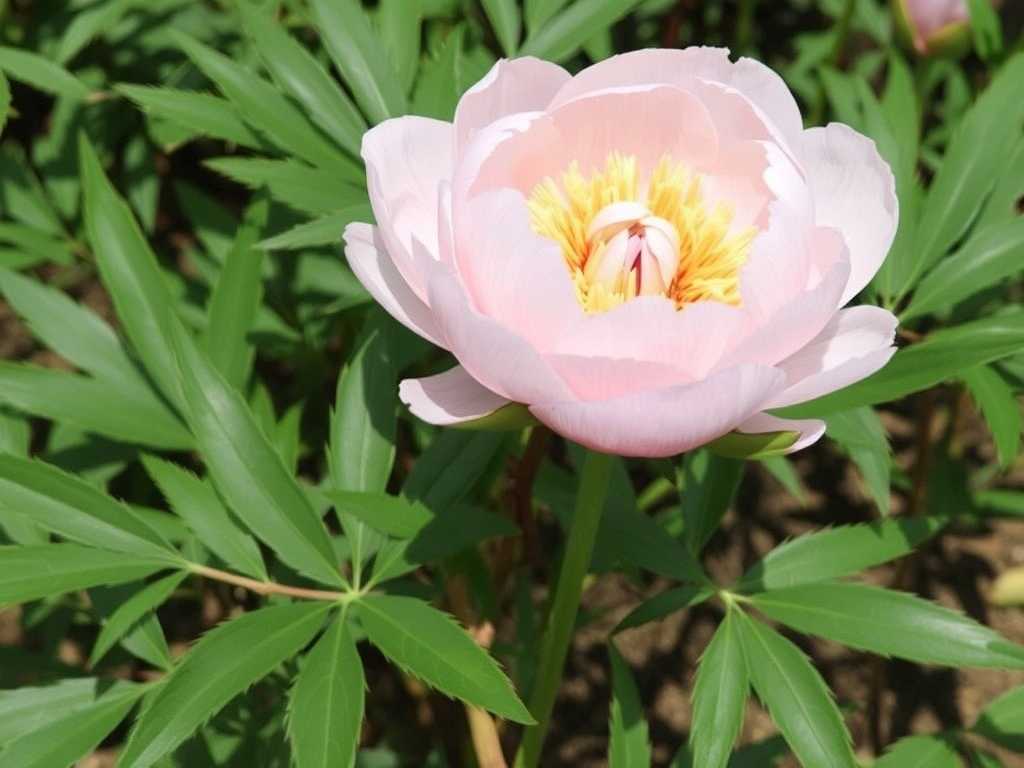

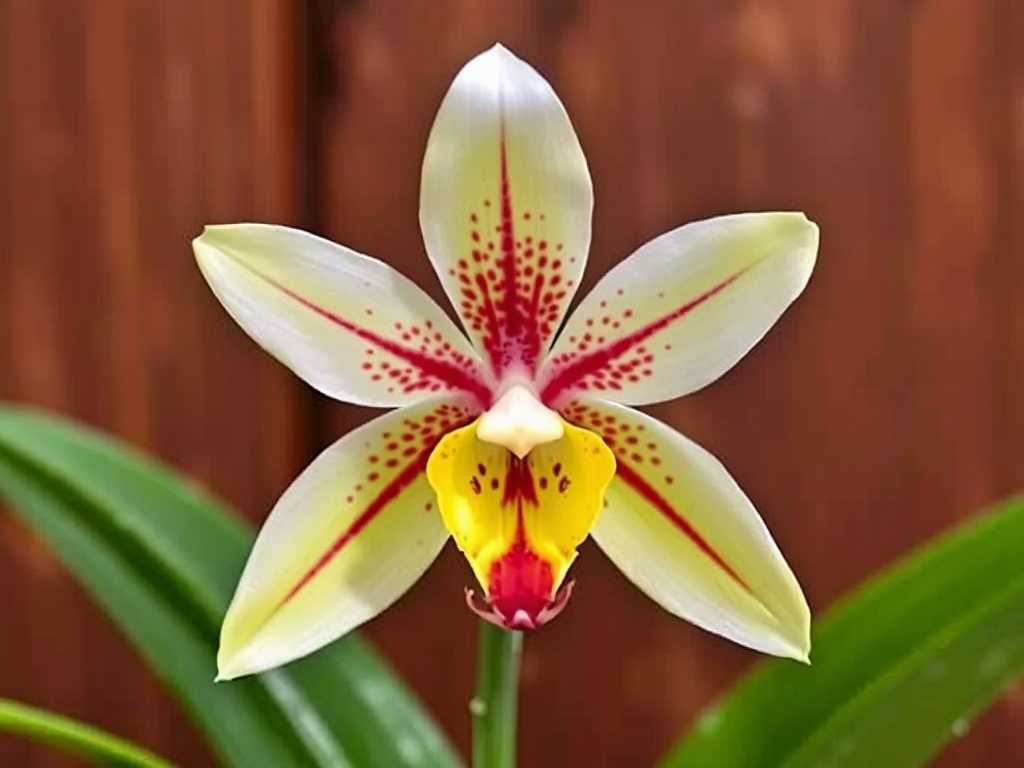
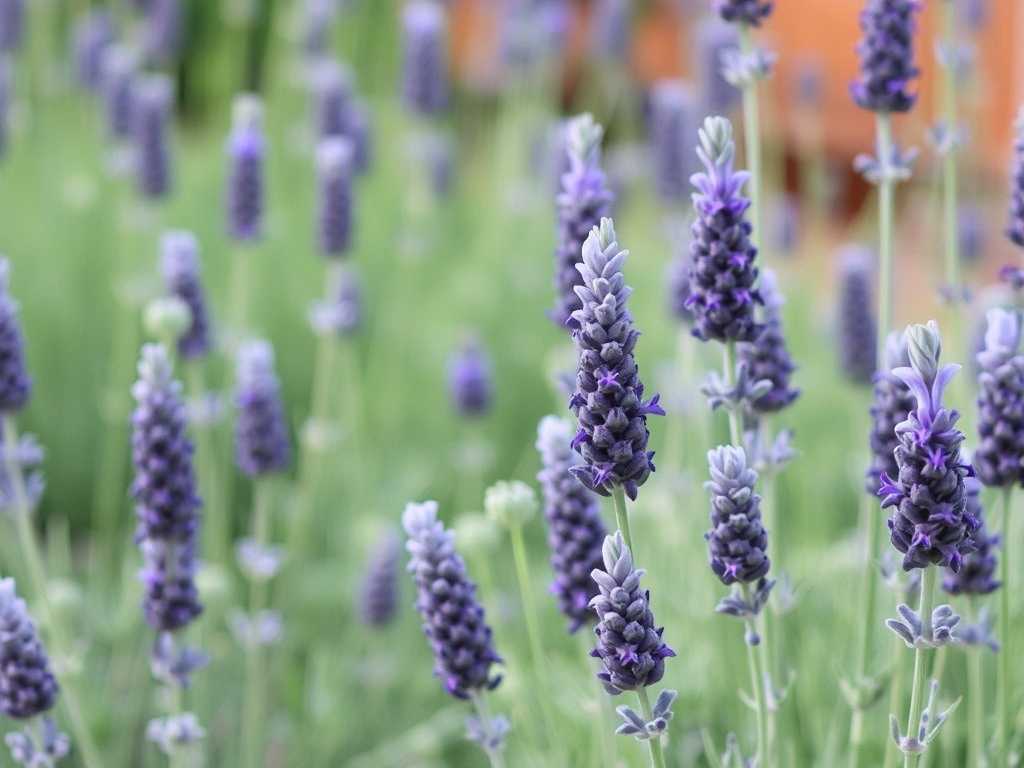
发表评论